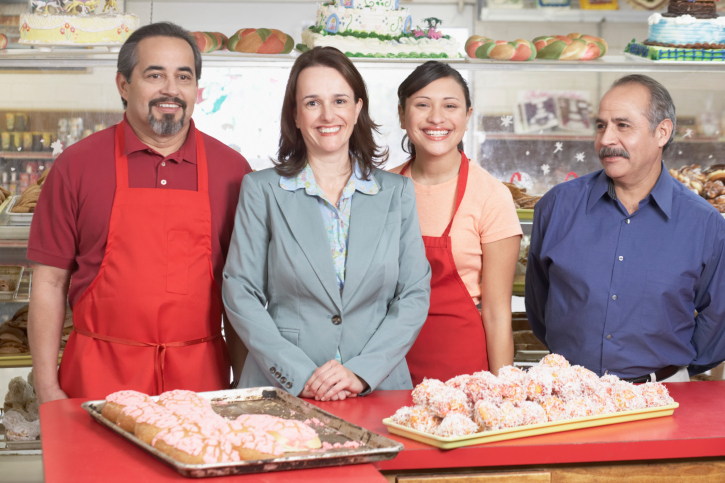- They provide a window into the cuisine of different countries
- Generates opportunities for food industry suppliers
TRENDS
Food trucks, a culinary boom on wheels
With increasing presence in the big cities, these truck offer quality, innovation and accessible prices. Their main customers are office workers and passing tourists.

HIGHLIGHTS
There is no need to hop on a plane to get a taste of the best Mexican tacos, an original Peruvian ceviche or delicious Argentine empanadas. You don’t even have to spend a fortune to enjoy delicious gourmet food or choose an organic meal. Food trucks, or trucks converted for the sale of food, are gaining ground from North to South throughout the continent, offering a culinary alternative that combines gourmet presentations, calculated aesthetics and fast service.
The difference with any other street stand is that most are ventures started by qualified cooks and chefs who decided to make it on their own and mark their personality from the outset. These trucks are a festival of vibrant colors, suggestive names and graphic art with an urban tone, making heads turn whenever they drive by.
There is no limit to the culinary offering, which will depend on the specialty of the entrepreneur or his/her origin. They provide a window to food from different countries, thus generating an opportunity for food industry suppliers and new and prospective customers seeking quality ingredients. Today, their main attraction is the quality of their service and the raw materials used.
This trend is growing, especially in the big cities where tourism and offices converge, since the idea is to offer quality food at accessible prices for those who lunch out every day. Due to their characteristics, they especially target Millennials, who seek fast service and a personalized experience without having to make reservations.
One of the main attractions of this movement is that it represents the pleasure of a carefree and simple moment in time. The system is simple: arrive, choose and eat while enjoying a pleasant outdoor environment.
These modern food trucks make good use of social media. They typically have no fixed place and make themselves known through Facebook and Twitter indicating where they will be and what dishes they will be serving. Even apps and websites have been developed to concentrate information on all the trucks circulating throughout the city.
Although most are independent businesses owned by entrepreneurs and immigrants, many established restaurants have decided to join this mobile trend and take their kitchen to a larger community. Some consider this system to be a key tool in identifying a potential place where to open the next restaurant. For those who are starting out in the food business, it is equally important to make your brand and products known through several means. However, note that in many cities food trucks require municipal licenses to operate and they are inspected by health authorities.
A bit of history
Historians consider their first predecessor to be the iconic chuckwagon, invented in 1866 by Charles Goodnight, who modified a horse-drawn wagon to operate as a mobile kitchen and general store to accompany the cattlemen driving their herds along the American South. Since then, this concept has continued to evolve. We also find a record during the Second World War inside U.K. military bases, where they sprung up based on the need of immediate relocation of soldiers for each operation.
After 1950, their popularity peaked when civilians started purchasing the trucks that had been used as mobile kitchens by the army. This resulted in food trucks becoming part of the landscape picture of the United States, but their revolution was not until 2008. The person responsible was Korean Chef Roy Choi, with an explosive mix: an original product (Korean barbecue tacos), communication via Twitter and a designer truck that caused a sensation in Los Angeles.
BIBLIOGRAPHY
- Newman, Jacky: “Food trucks, el motor de la gastronomía nómade”. Life Style Miami, United States.
- Villafranco, Gerardo: “Food trucks, tendencia culinaria sobre ruedas”. Forbes, Mexico. 2014.
- Reych Rodolfo: “Los food trucks comienzan a calentar motores”. La Nación, Argentina. 2014.
- Gambier, Marina: “Food Trucks, comida gourmet sobre ruedas”. Clarín, Argentina. 2013.
KEYWORDS


Follow Us